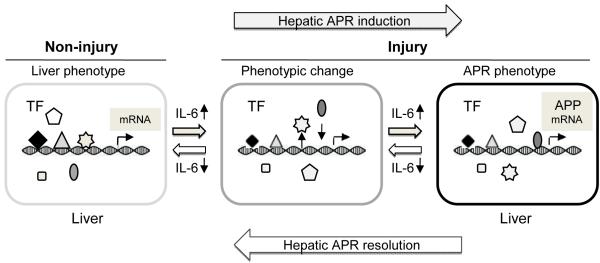FIG. 6. A proposal mechanism of the role of transcription factors in the hepatic APR.
After burn-injury, IL-6 levels rapidly increase in the serum. For the liver respond to APP production, a rapid change in the phenotype is required. These phenotype changes involve in part the modification of liver-specific transcription factor activates, and allowing the liver synthetic programming to change and the induction of acute phase response by regulating mRNA expression of acute phase proteins. As the injury signaling resolves, IL-6 levels fall and the liver’s phenotype shifts from the APR to a non-injury status. TF: transcription factor, ◆and △ denote HNF-4α and HNF-1α, and other symbols indicate additional transcription factors and co-regulators; APR: acute phase response; APP: acute phase protein.

